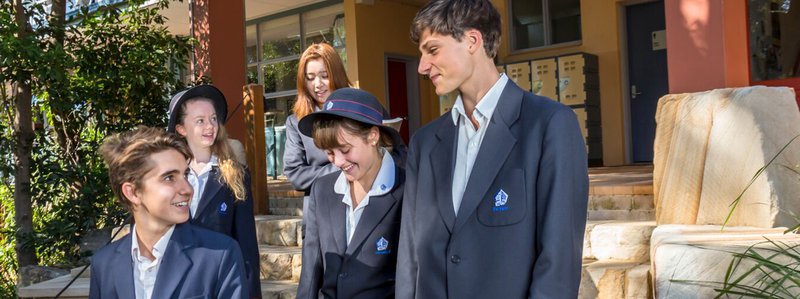
During the term break, I had the privilege of attending a keynote presentation with Professor of Education, Psychology and Neuroscience, Mary Helen Immordino-Yang, as part of the Association of Heads of Independent Schools Australia’s Biennial Conference. An affirming session that provided further evidence that neuroscience and educational research continue to converge in useful ways, offering deeper insight into how children learn, how teachers might teach, and how schools can best support human development. Professor Immordino-Yang’s work explores the psychological and neurobiological roots of emotion and self-awareness, and their links to social, cognitive, and emotional growth.
Below are just two of many key ideas from her presentation, together with reflections on how they align with, and even deepen, core principles of a contemporary Steiner education.
The first idea is that attention, perception, and emotion are central to learning. Immordino-Yang’s research confirms that engagement through story, movement, metaphor, and lived experience is neurologically essential for learning. We know that knowledge is not absorbed passively; it must connect to what the learner already knows and feels. Emotional safety and trust are the soil in which curiosity and creativity take root. In Steiner schools, the narrative, artistic, and imaginative approach to teaching and learning - through rhythm, story, movement, and beauty - are not adornments of the teaching process, but essential pathways to deep learning.
Secondly, her work underscores the need for balance and holistic learning design. She argues that cognitive processes cannot be separated from emotional, social, or physical processes. They are, each of them, inextricably linked. It follows therefore that sustainable and deep learning depends on and is built through intentional curriculum design alongside core pedagogical practices that promote holistic development. Of course, this aligns profoundly with the emphasis in Steiner schools on integration of head, heart, and hands; on rhythm, and on cultivating environments that nourish the whole human being and through emphasis on key elements of wellbeing including sleep, movement, nutrition, novelty, social connection, and a sense of safety and belonging. The Main Lesson journey that promotes the integration of ideas from different disciplines and connects these to the story of humanity, coupled with the emphasis on creative expression through multiple modes are living testament to these principles in action.
None of this will come as a huge surprise to our teaching staff – good teachers have always understood that we are, as humans, biologically cultural beings and that emotion and thinking are intertwined. It’s affirming that an fMRI scanner can show the enlarging and enriching neural connections that occur when the pedagogical approach and curriculum design encourage and promote imagination, creativity and transcendent thinking.
May this term bring deep and powerful learning for our students as they complete another school year together in community, towards a flourishing and meaningful life.
Diana Drummond
Head of School
*Mary Helen Immordino-Yang is a Professor of education, psychology and neuroscience at the at the Brain and Creativity Institute and Rossier School of Education, University of Southern California.




